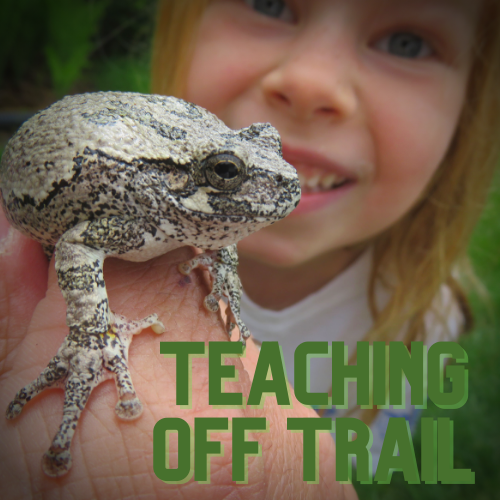Day 188
As much as I tried to collaborate with others and work on my own, there was simply no way I was able to move all the trees out of the way. So instead, I made due with what I could do.
The mowing that was done was called selective mowing. Basically, the land would be mowed differently based on what was growing. If there were some natives we wanted to see make it to seed, we would avoid mowing. We would mow down invasives and really mow down where we noticed patches of thistles.
Since most of the area where we had been taking down trees had been invaded by reed canary grass, it would be beneficial to mow down as much of that area as possible. Our restoration partner was able to use his boom sprayer to treat areas he couldn’t easily access earlier in the summer. But with all the trees scattered throughout this area, mowing would be tricky.
So, I had to be strategic.
Since I knew we couldn’t move all the trees completely out of the way, we could move them to areas that might not need mowing.
At least for now.
I moved as many trees as I could to areas where natives were growing and opened up as much of the area to mowing as I could.
Eventually, the mowing was completed and our partner noted he was seeing progress in the expansion of the native plants. The sedges were slowly but surely coming into new spaces. Multiple species of milkweed were flowering and expanding. The reed canary grass was dying.
After giving me this update, he also gave me a few assignments. The first assignment was tree-related. Aiming to come back and treat one more time this season, he asked me to move trees and level stumps before that visit.
The good news about this assignment was that we had time to complete it. He planned on coming later in Fall. I immediately reached out to my sawyer friends and we decided to schedule some work time once the summer temperatures dip.
The second assignment was one I had been given before. It was tedious, time-consuming, and fun.
